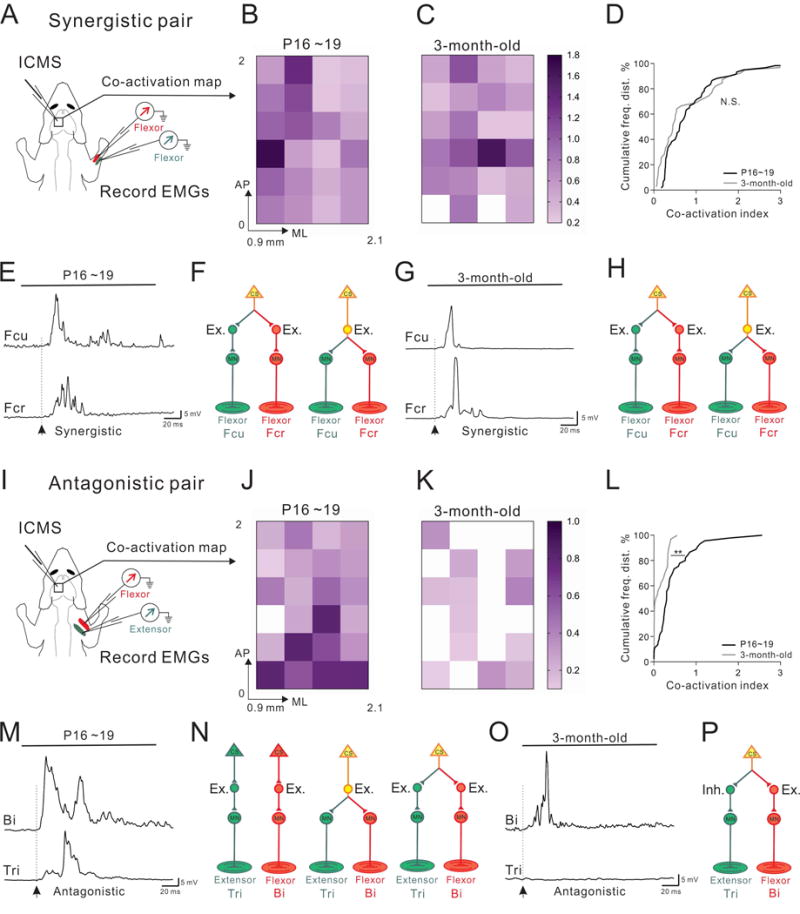Figure 3. Functional reorganization of CS connectivity for antagonistic muscle pairs during development.

(A) Experimental strategy for recording ICMS-evoked muscle EMGs from the synergistic Fcr/Fcu muscle pair.
(B–C) Color-coded plots of the co-activation indices of Fcu and Fcr muscles in P16~19 (B, n=69 sites from 4 mice) and 3-month-old adult mice (C, n=67 sites from 3 mice). AP: Anterior-Posterior, ML: Medial-lateral, relative to the Bregma.
(D) Cumulative histograms showing similar (P=0.074) distributions of co-activation indices in early postnatal (black) and adult (gray) mice.
(E and G) Representative EMG traces from the synergistic Fcu/Fcr muscle pair in early postnatal (E) and adult (G) mice, showing co-activation of Fcu/Fcr in both cohorts (arrows indicate the onsets of EMG responses).
(F, H) Predominant CS circuit connectivity patterns proposed for the synergistic muscle pair Fcu/Fcr in early postnatal (F) and adult mice (H). These diagrams show how excitatory muscle-specific or shared INs could be recruited by CS neurons to elicit co-activation of synergistic muscles.
(I) Experimental strategy for recording ICMS-evoked muscle EMGs from the antagonistic Tri/Bi muscle pair.
(J–K) Color-coded plots of the co-activation indices of Bi and Tri muscles from P16~19 (J, n=47 sites from 4 mice) and adult mice (K, n=53 sites from 3 mice).
(L) Cumulative histograms of co-activation in antagonistic muscle pairs showing a shift from significant (P=0.001) co-activation in early postnatal mice (black) to little or no co-activation in adult mice (gray).
(M and O) Representative EMG traces from the antagonistic Bi/Tri muscle pair in postnatal (M) and adult (O) mice, showing co-activation of Bi/Tri only in early postnatal mice (arrows indicate the onsets of EMG responses).
(N and P) Predominant CS circuit connectivity patterns proposed for the antagonistic muscle pair Bi/Tri in early postnatal (N) and adult mice (P). These diagrams show how excitatory muscle-specific or shared INs could be recruited by CS neurons in early postnatal stages to elicit co-activation of antagonistic muscles. In adults, excitatory and inhibitory INs could be recruited by CS neurons to excite the flexor and inhibit the extensor muscles, respectively (P).
